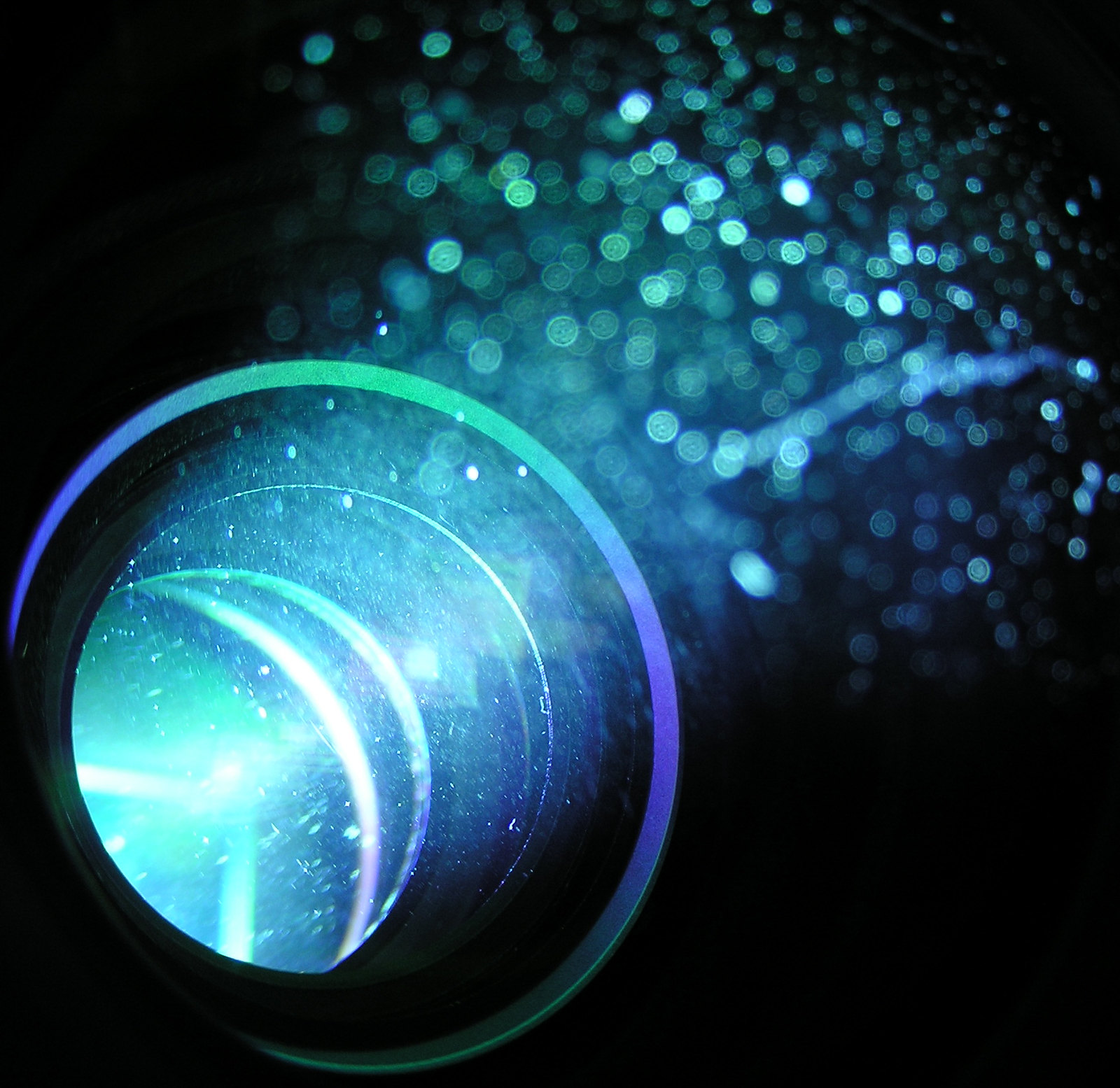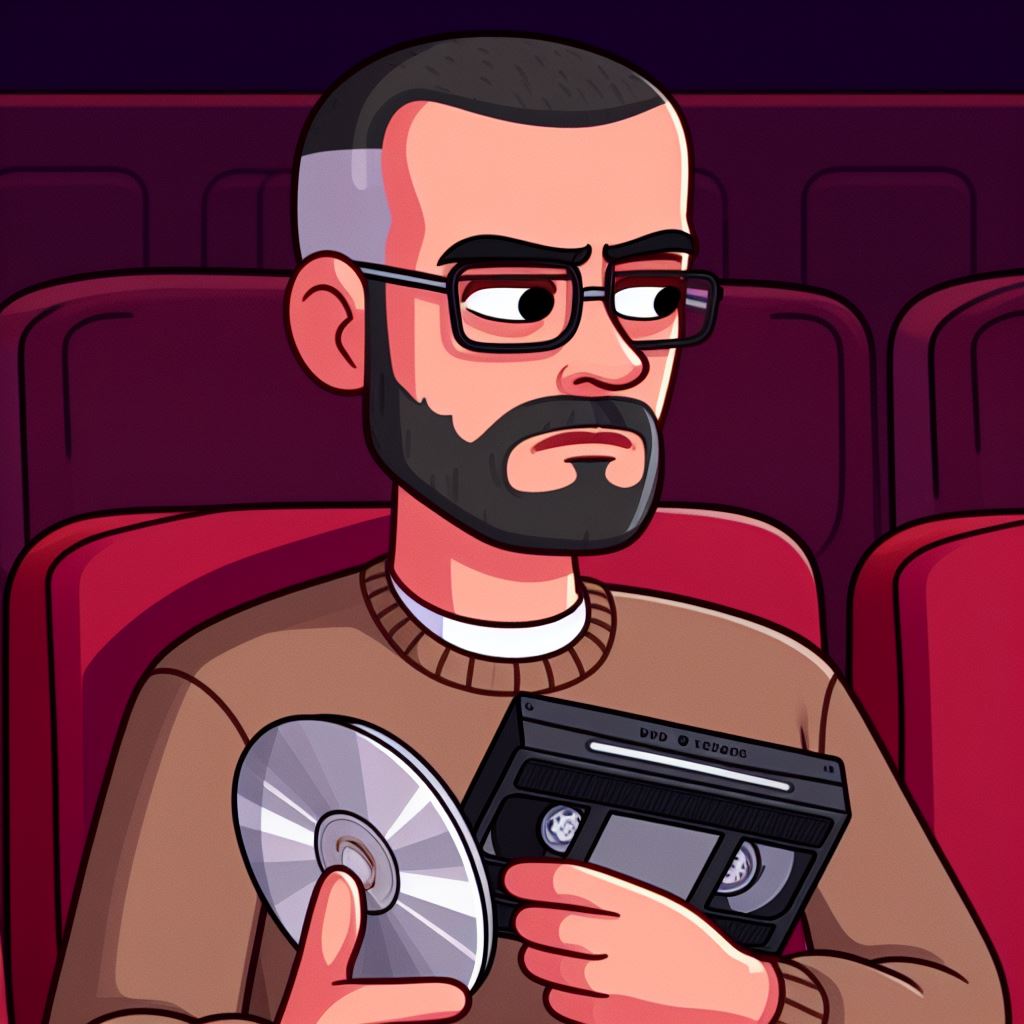Remember when movies used to look good?
Rich shadows, bold colors, and depth. But now? A lot of films and shows look flat, dull, and lifeless. In this video, I break down why modern cinematography feels so uninspired, and it’s NOT digital’s fault. Let’s talk about dynamic range, lighting, and why intentional choices matter more than ever.
What you’ll learn: • Why older movies look better than modern ones • How dynamic range & contrast affect the cinematic look • The role of VFX, lighting, and production design in the decline of movie aesthetics
Remember when the complaint was “Why is everything so dark?”
I think that’s a separate issue, and it was often dark and low contrast.
The Batman was impossible to watch. Too bad too.
It’s dark in the night, and Batman, you know:

Well, maybe not making everything with any set amount of lighting is better…
Did anyone try watching Gemini Man in 60fps?
That takes some getting used to. It’s hard to describe, it’s like watching someone’s home video. It doesn’t feel cinematic at all.
I think that’s mostly just because you’re not used to it.
Also 60 and 48 fps are a bit of an odd middle ground. I’d be interested to see a 240fps film. (also I bet it would make 3D look way better)
Oh look! A tech fetishist moron that looks at spec sheets when deciding on a movie to see. I hear Crap Furnace (2025) used a 64K camera that shoots 10,000 fps and has 40 stops of dynamic range. You should go see it. I hear it looks like absolute crap
You seem a little riled up.
For the record, I think framerate has nothing to do with the quality of a film. Art direction, script, and performance are what matters.
I stand by me previous comment though, not sure what gives you the wrong impression?
Chill
I really enjoyed the smoothness of Gemini Man especially with action scenes which are like half the movie. I think it’s possible to make 60fps cinematic by using focus better to better imitate our eyes.
Films and tv series should always be in 24fps. Anything above is just odd and like you said makes them feel like home videos. Back in the day I remember when I was looking for a new tv and the salesman tried to sell me a 100hz tv because the movies will totally look better in it. I told him that he doesnt know what his selling and left the store.
I don’t think anyone watched Gemini Man.
I can’t even get past the fact that the stories and dialogue in most movies these days are dull, flat, and lifeless to even have noticed the visuals are also becoming shit. Everything made for profit will eventually become homogeneous garbage as it tries to capture the attention of the lowest common denominator.
I have a completely different view on this.
I HATE when we take a “camera perspective” instead of an “eye perspective”. I don’t like exaggerated contrast, because that’s what cameras do, not what eyes do. The world doesn’t look like that, unless you view it through a camera. For the same reason, I can’t stand lens-flares and I’m really not a fan of focus-shifts unless they’re natural. I don’t like abberation, because my eyes don’t do that. Motion blur is even worse, and having it absolutely minimized is preferable. It’s especially bad when first-person videogames do it, and then add film-grain on top. I don’t understand why films are still mostly shot at 24fps, I love the rare few films that are shown at 60fps. It’s basically the only redeeming feature of the new Avatar movie.
I don’t want to see someone work a camera, I want to see the scene. That doesn’t mean I like grey, because the world has a TON of colour, but it also doesn’t mean I like the unrealistically high contrasts.
See, while I think this a valid perspective, I am baffled by the need people have to see movies look realistic. You live in realism every day. I want to movies to look interesting, otherworldly, and beautiful. I want every frame to look like a painting. Realism’s fucking boring. Like, it’s a visual medium, why accept anything short of visually stunning?
Every time I watch In The Mood For Love, I’m bummed that all movies don’t look like that, you know?
Interesting! To each their own I guess, I enjoy most of these things when used in intelligently. Kind of like what an artist’s style in a painting adds to the scene.
I had a different experience with avatar 2, saw it in 3d and apparently variable framerate and my eyes were getting lost everytime the framerate changed by a noticeable amount.







